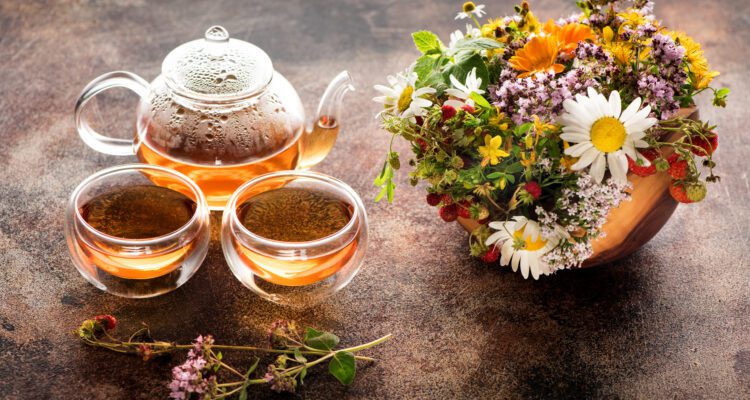Herbalism: The Art and Science of Using Herbs for Healing
Introduction
Herbalism is the practice of using plants and plant compounds for their medicinal and therapeutic properties. It is an ancient healing method of healing ailments .
Importantly, herbalism is a complex practice that involves the use of both science and art. The science of herbalism identifies and understands plants’ properties and how we can use them to benefit human health. The art of herbalism identifies the best way to prepare and use these plants to achieve the desired results.
Herbalism. This article is for informational purposes only, always consult a medical professional before starting an herbal regimen.
Growing in Popularity
Many people practice herbalism, including medical doctors, naturopathic physicians, and folk healers. Furthermore, it is a growing field that is more accepted by the mainstream medical community.
If herbalism, this blog is for you! We will explore the history of herbalism, the different types of herbalism, how it works, and who practices it.

Herbalism History
Herbalism has a long and rich history. It originated in ancient China, where they wrote the first herbalist texts. Herbalism then spread to other parts of Asia and the Middle East. From there, it spread to Europe and the Americas. Herbalism has been for centuries to treat a wide variety of ailments. The first recorded use of herbal medicine was in China over 5,000 years ago. Ancient people practiced herbalism in Egypt, Greece, and Rome. The Greeks and Romans first used many of the plants we use in herbalism today.
Modern Herbalism
The modern practice of herbalism began in the early 20th century. One of the earliest pioneers of herbalism was Dr. John Hill, who wrote The British Herbal in 1756. Dr. Hill codified the knowledge of herbs passed down through generations of folk healers. Another early pioneer of herbalism was Dr. James Tyler Kent, who taught herbal medicine at the National College of Naturopathic Medicine at the start of the 1900s. Dr. Kent is credited with helping to bring herbalism into the mainstream. Today a variety of people practice herbalism, including medical doctors, naturopathic physicians, and folk healers. It is a growing field that is becoming more accepted by the mainstream medical community.
The science of herbalism
The science of herbalism is botany.
Botany is the study of plants. Identifies and und seeks to understand the properties of plants and how we can use them to benefit our health and wellness. Botany covers various topics, including plant structure, function, growth, and development. Importantly, it includes the study of how plants are used by humans, both for food and medicine.
Botany is a vital science that helps us to understand the plant world around us. It also has a long history, with people studying plants for thousands of years. Today, botany is prominent in various fields, from agriculture to medicine. Finally, as our understanding of plants grows, so does the potential for new and innovative ways to improve our lives.

The art of herbalism
The art of herbalism identifies the best way to prepare and use these plants to achieve the desired results. Generally, herbalism is a complex practice that involves the use of both science and art.
Herbalism is the craft of using plants to promote health and well-being. Overall, it is an ancient practice used for centuries to treat various conditions.
Plants contain active compounds that support the body’s natural healing process is the basis of herbalism. Herbalists use various techniques to identify the best way to prepare and use these plants to achieve the desired results.
A comprehensive body of evidence supports the efficacy of herbal medicine. Herbalists use various analytical methods to evaluate the safety and effectiveness of their treatments. These methods include traditional knowledge, clinical experience, and scientific research.
Importantly, consulting with a qualified practitioner is essential if you are curious about using herbal medicine. Overall, herbalists can guide you on how to use herbs safely, and a variety of professionals practice herbalism.
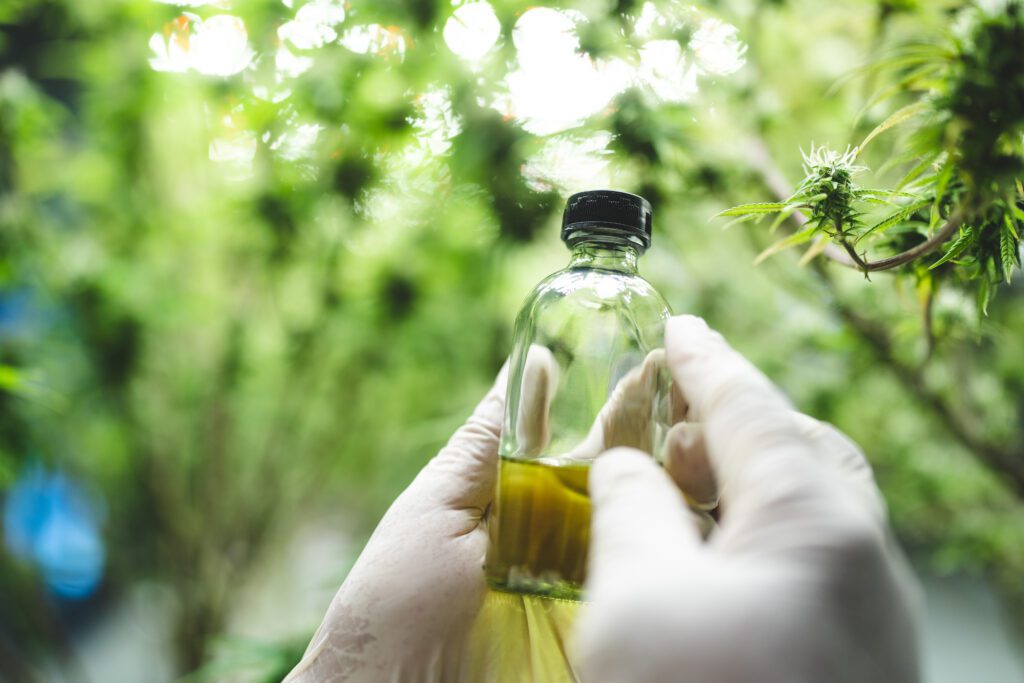
Types of herbal medicinal practices:
Overall, there are a few main categories of herbalism: Western herbalism, Eastern Herbalism, Chinese herbalism, and Ayurvedic herbology.
Western herbalism is generally.
Generally, western herbalism is more focused on the isolated active ingredients in plants. In contrast, Eastern herbalism traditionally emphasizes the use of whole plants. Western herbalism is also more likely to use single herbs, whereas Eastern herbalism often uses formulas containing multiple herbs.
Chinese herbalism is generally.
Generally, Chinese herbalism is faithful to the five-elements theory, which postulates that five elements (fire, earth, wood, metal, and water) interact to maintain balance in the universe. In addition, two forces (yin and yang) further interact with the five elements to produce all phenomena.
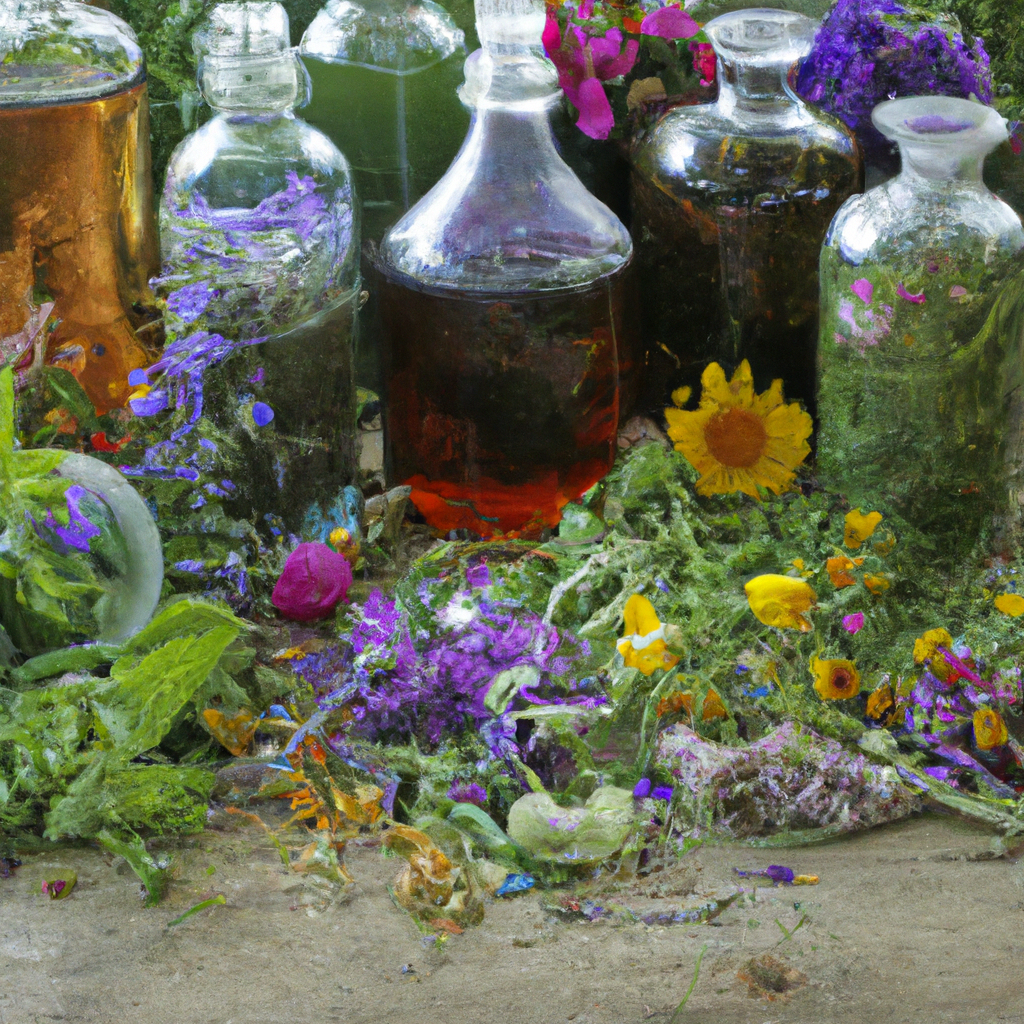
Ayurvedic herbology is generally.
Overall, Ayurvedic herbology is the study of herbs and their medicinal properties. The practice believes that it treats various ailments and improves overall health.
There is a wide range of herbs used in Ayurvedic medicine, each with its unique properties. Some common Ayurvedic herbs include turmeric, ginger, and fennel. These herbs are in teas or tinctures; you can add them to food to enhance flavor and nutrition.
What is traditional Ayurveda?
Overall, Ayurveda is a traditional system of medicine that originated in India. Ayurveda is the principle of balance in the body, mind, and spirit. According to Ayurveda, imbalance within the body may lead to disease. Ayurveda practitioners use various techniques to restore balance, including diet, lifestyle changes, yoga, and massage. Ayurveda is a holistic view of health and well-being taught to prevent and treat illness.
Finally, many resources are available online and in libraries, if you want to know more about Ayurvedic herbology. Many schools offer training in this ancient practice.
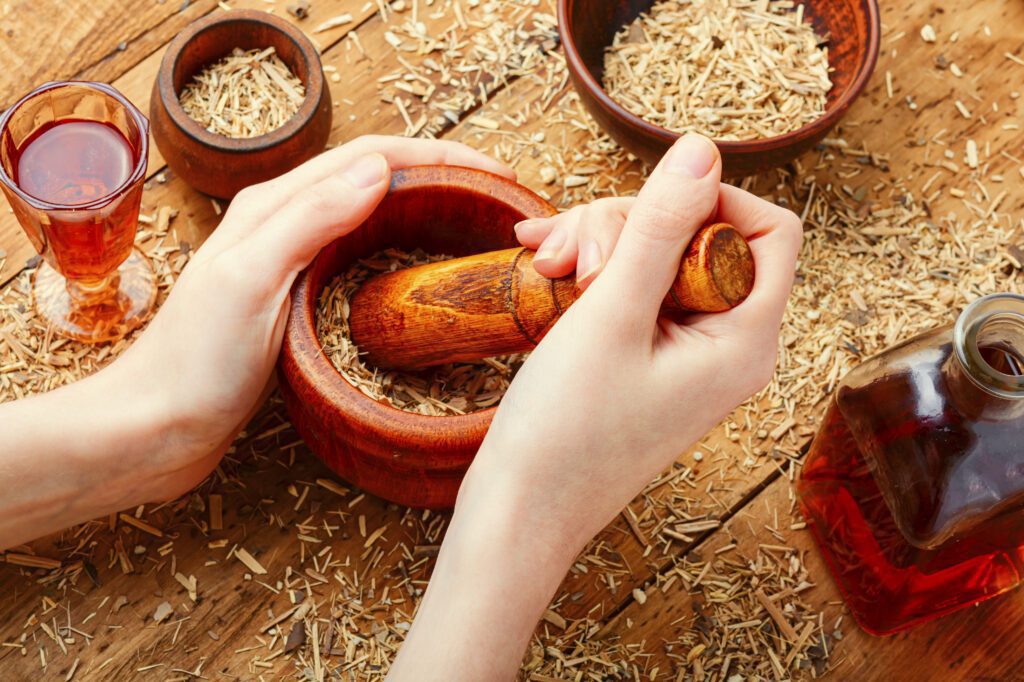
Eastern Herbalism
The philosophies of Taoism and Buddhism are what drive Eastern herbalism; these focus on balance and harmony. Herbalists in this tradition believe that there is an innate order to the universe and that human beings can tap into this order to maintain their health and well-being.
Eastern herbalism also tends to be more holistic than Western medicine, taking into account the whole of the person rather than just addressing the symptoms of an illness. In this tradition, the mind, body, and spirit are all interconnected; one imbalance can lead to imbalances in the others.
Eastern herbalism is a large and complex field with many different sub-traditions. If you’re interested in learning more about this style of herbalism, many resources are available, both in print and online.
Used for Healing
Herbalism is an ancient practice that uses plants and plant-based substances for healing. Herbalists believe that plants have unique properties that we can use to promote health and well-being.
Herbalists have used plants for centuries to promote health and well-being.
Overall, herbalists believe each plant has unique properties that treat various illnesses and ailments.
While there is still much more to learn about the healing power of plants, recent studies have shown that some herbs can positively affect our health. For example, ginger is effective in helping relieve nausea and pain. At the same time, lavender helps reduce anxiety and stress.
Furthermore, there is a growing body of evidence that suggests that certain essential oils can have a positive impact on our health and well-being. Many herbs have healing properties. Some of these include:
– Chamomile
– Echinacea
– Ginseng
– Lavender
– St. John’s Wort
generally, all these herbs have unique properties that treat various conditions.
Chamomile (Matricaria chamomilla)
Chamomile is a daisy-like herb used for centuries to treat various conditions. Chamomile tea is brewed using the plant’s dried flowers and is a natural relaxant. Chamomile treats anxiety, insomnia, and stomach upset.
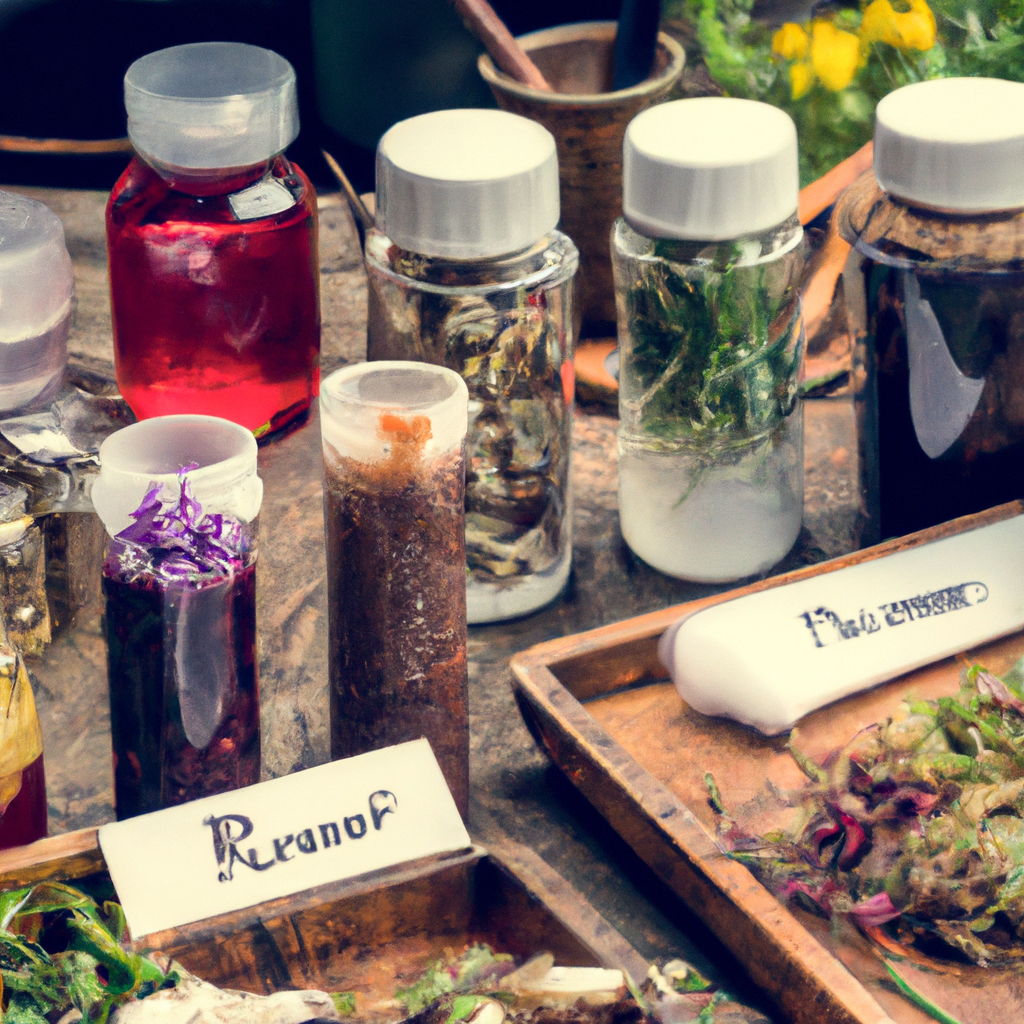
Echinacea (Echinacea purpurea)
is an herb native to North America. Use the dried flower and root of the plant to make teas and supplements. Echinacea aids in boosting the immune system and is often used to treat colds and flu.
Ginseng (Panax ginseng)
is a plant root used in traditional Chinese medicine for centuries. Ginseng has a variety of health benefits, including reducing.
Herbal tinctures are concentrated forms of herbs made by extracting the active compounds from the plant materials utilizing solvents such as alcohol. Tinctures are an easy and effective way to take herbs and are often used to treat various health conditions.
Lavender
Is an herbaceous plant with a lovely scent and purple color. Lavender is a great herb for calming and relaxing the body. The flower oil is often used in aroma therapy to reduce stress and improve well being. The herb is great in skincare and even helps reduce blemishing on the skin. Lavender is a great promoter of sleep as well.
St. John’s Wort
Overall, St. John’s Wort is an excellent option for improving mood and reducing malaise. The herb has been used for centuries due to its relaxing effects on the body. It is great for alleviating depression symptoms, improving mood, ADHD, and menopausal symptoms.
You can use herbal tinctures to treat a wide variety of conditions, including:
-Anxiety
-Depression
-Insomnia
-Digestive issues
-Skin problems

Usually, one should take tinctures orally, and the dose will vary depending on the condition and the person’s response to the herb.
Tinctures are a type of herbal medicine made by extracting the active compounds from an herb in alcohol or another liquid. Tinctures are a versatile and convenient way to take herbal medicines. They are easy to tailor to each individual’s needs. Finally, if you want to try tinctures, talk to your healthcare provider about which ones might be right.
Overall, essential oils are a natural and generally safe way to improve our health. You can add them to your bath, diffuser, or massage oil or apply them directly to your skin.
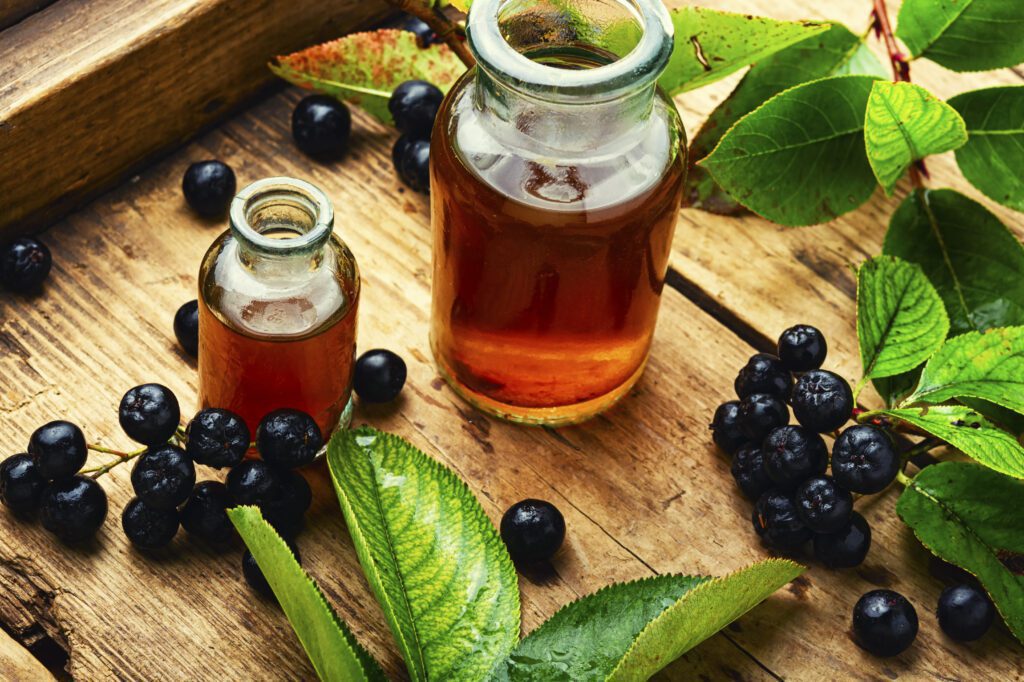
Essential oils promote healing and well-being. Furthermore, there are many different types of essential oils, each with unique benefits. Furthermore, some of the prevalent types of essential oils include:
– Lavender oil:
Lavender oil is known for its calming and relaxing properties. You can use lavender to help reduce stress and promote sleep. Lavender oil is one of the most popular essential oils because of its calming and relaxant effects. It helps to lessen stress and promote good sleep. Lavender oil is also known to help treat anxiety, depression, and insomnia. Lavender oil decreases the activity of neurons in the brain responsible for arousal and excitement. This oil can help to calm feelings of anxiety and restlessness and promote a sense of calm and relaxation.
– Peppermint oil:
Generally, peppermint oil is known to help improve digestion and relieve pain. Furthermore, peppermint oil is a natural remedy for various ailments, including digestive issues and pain relief. Peppermint oil has a refreshing and minty aroma and is often used in aromatherapy and as a natural fragrance.
– Tea tree oil:
Tea tree oil is known for its ability to help fight infections and promote healing. Importantly, tea tree oil is a natural antimicrobial and is effective against many bacteria, viruses, and fungi. Furthermore, it is also known to be an immunity booster, help fight infection, and promote healing.
– Rosemary oil:
Overall, rosemary oil is known for improving circulation and relieving muscle pain. Rosemary oil is a trendy essential oil that is known for its ability to improve circulation and ease muscle pain. Native to the Mediterranean region, professionals extract the oil from the plant rosemary. Rosemary has been used for centuries in traditional medicine to treat various conditions. Recent studies have shown that rosemary oil can improve circulation and relieve muscle pain. The oil works by stimulating the production of nitric oxide, which dilates blood vessels and improves blood flow. Rosemary oil is also a potent antioxidant and contributes to its muscle-relieving effects.
– Chamomile oil:
Generally, chamomile oil is known for its calming and soothing properties. Chamomile oil is a popular natural remedy for anxiety and stress. It is renowned for its calming and soothing properties and helps people relax. Use Chamomile oil in various ways, including aromatherapy, massage, and baths. It is also available in pill and liquid form. Suppose you are searching for a natural and effective way to reduce anxiety and stress. In that case, chamomile oil may be worth trying.
Herbal Teas have many health benefits.
You can make herbal teas from many parts of a plant, including leaves, seeds, flowers, or roots. Furthermore, they do not contain caffeine and are rich in antioxidants, which can help to protect your cells from damage. Herbal teas have many health benefits, including reducing inflammation, boosting immunity, and aiding digestion. Generally, herbal teas are a great way to improve your health and well-being, and you can enjoy them hot or cold.
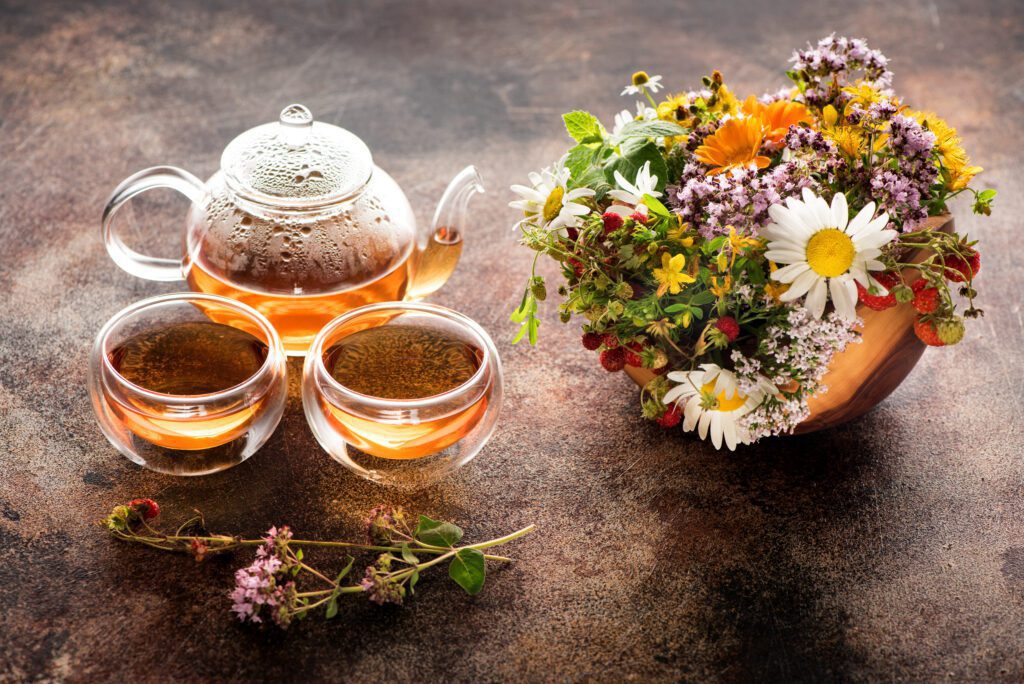
Types of herbal teas and their benefits include:
– Chamomile tea
is made from the dried flowers of the Chamomile plant. This tea has a sweet, slightly apple-like taste and helps with digestive problems. Chamomile tea is also known for its relaxing effects and as a natural sleep aid.
– Peppermint tea
Peppermint tea is made from the leaves of the Peppermint plant. This tea has a refreshing, minty taste and helps with nausea or upset stomach. Peppermint tea is also known for relieving headaches and muscle aches.
– Ginger tea
Ginger tea is made from the root of the Ginger plant. This tea has a warm, spicy taste and is often helps with nausea and vomiting. Ginger tea is also known for its anti-inflammatory properties. Furthermore, ginger tea helps to alleviate joint pain.
If you’re looking for a deliciously healthy improve your health, try brewing some herbal tea. You’ll be glad you did!
If you have an interest in trying herbal medicine, be sure to do your research and consult with a healthcare professional before taking any supplements.
Conclusion
While herbalism is not a cure-all, it can be an effective way to treat a wide range of ailments. In fact, herbal remedies can be taken internally or externally. Finally, they help treat everything from viruses to digestive issues and skin conditions.
Overall, you should know a few things if you’re interested in trying herbalism for healing. First, it’s pertinent to consult with a qualified herbalist to make sure you’re using the right herbs for your particular condition. Second, be patient – herbal remedies can take time to work. Finally, be prepared to experiment a bit, as different people respond to various herbs.
